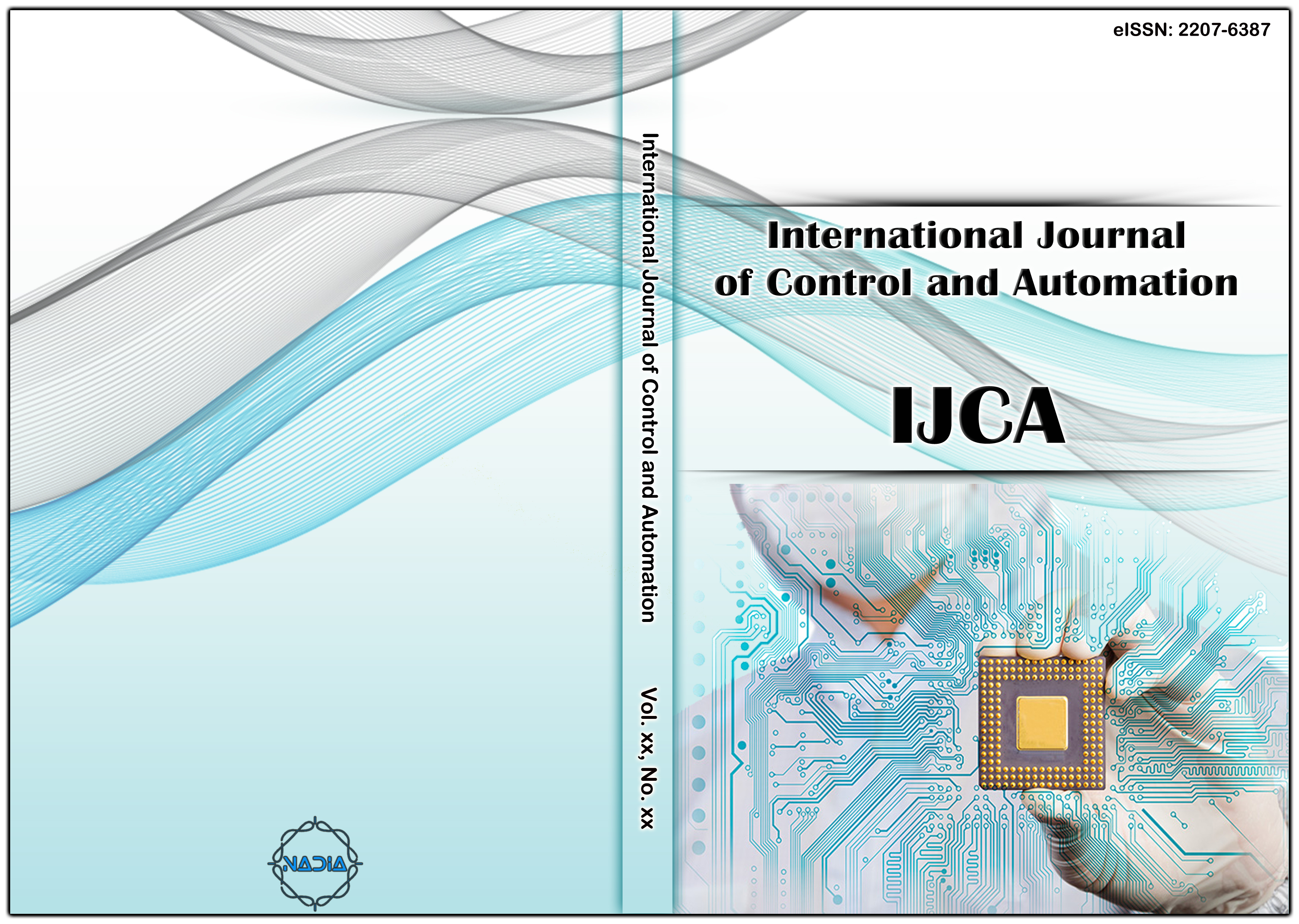[1] Chernyshev, Maxim, et al. “Internet of Things (IoT): Research, Simulators, and Testbeds”. IEEE Internet of Things Journal, 2018, vol. 5, no 3, pp. 1637-1647.
[2] Lee, In, and Kyoochun Lee. “The internet of things: investments, Applications and challenges for enterprises”. Business Horizons, vol. 58, no. 4, 2015, pp. 431-440.
[3] Padmavathi, B, et al. “A survey performance analysis of AES, DES and RSA algorithm with LSB substution”. IJSR, India, 2013.
[4] McKay, Kerry, et al. Report on lightweight cryptography. NISTIR, pp 1-29, 2017.
[5] Buchanan, William J, et al. “Lightweight cryptography methods”. Journal of Cyber Security Technology, 2017, vol. 1, no. 3-4, pp.187-201.
[6] Fan, Xinxin, et al. “Wg-8: lightweight stream cipher for resources-constrained smart devices”. Proceeding of ICHNQRSR, 2013, Springer, Berlin, pp. 617-632.
[7] Rivest, Ronald L. “The RC5 encryption algorithm”. International Workshop on FSE, 1994, Springer, Berlin, pp. 86-96.
[8] Iokibe, Kengo, et al. “Analysis on equivalent in current source of AES128 circuits for HD power in model verification”. International Symposium on EMC’14, Tokyo, IEEE, 2014, pp. 302-305.
[9] Wheeler, David J, et al. “TEA, an encryption algorithm”. International Workshop on FSE, Springer, Berlin, pp. 363–366, 1994.
[10] Yu, Jack, et al. “Xtea encryption-based novel RFID security protocol”. 24th CCECE, 2011, IEEE, pp. 58-62.
[11] Leander Gregor, et al. “New lightweight DES variants”. International Workshop on FSE, Springer, Berlin, pp 196-210, 2007.
[12] Beaulieu Ray, et al. “The SPECK and SIMON lightweight block ciphers”. 52nd ACM/EDAC/IEEE, IEEE, 2015, Design Automation Conference (DAC), pp 1-6.
[13] “Lightweight block ciphers”. Université du Luxembourg. https://www.cryptolux.org/index .php/Lightweight_Block_Ciphers. Accessed 22 July 2019.
[14] Bogdanov Andrey, et al. “PRESENT: an ultralightweight block cipher”. International CHES Workshop, Springer, pp. 450-466, 2007.
[15] Hosseinzadeh Jaber, et al. “A comprehensive survey on evaluation lightweight symmetric ciphers: software and hardware implementation”. Advances in Computer Science: International Journal, 2016, vol. 5, no 4, pp. 31-41.
[16] Mohd, Bassam J, et al. “A survey lightweight block ciphers for low resources devices: a comparative study & open issues”. Journal of Network and Computer Applications, 2015, vol. 58, p. 73-93.
[17] Dinu, Dumitru Daniel. “Secure and Efficient Implementations of the Lightweight Symmetric Cryptographic Primitives”. University of Luxembourg, 2017, pp. 278.
[18] Diedrich, Lennart, et al. “Comparison of Lightweight Stream Ciphers: MICKEY 2.0, WG-8, Grain and Trivium”.
[19] Singh, Saurabh, et al. “Advanced lightweight and encryption algorithms in IoT devices: challenge, survey and solutions”. Journal of Ambient Intelligence & Humanized Computing, 2017, pp. 1-18.
[20] Biryukov, Alex, et al. “State of the Art of Lightweight Symmetric Cryptography”. 2017.
[21] Lee, Je-Hoon, et al. “Parallel architecture for high speed block cipher, HIGHT”. International Journals of Security and Applications, 2014, vol. 8, no 2, pp. 59-66.
[22] Eisenbarth, Thomas, et al. “A survey of a lightweight cryptography implementations”. IEEE Design & Test of Computers, 2007, vol. 24, no 6, pp. 522-533.
[23] Maity, S., Park, JH. “Powering IoT devices: novel design & analysis technique”. Journal Converg 7, 2016, pp. 1-18.
[24] Davy, Alan. “Components of smart device and a smart device interaction”. Telecom Software and Systems Group, 2003, pp. 1-18.
[25] Hood, GW, et al. US Patent N. 7,672,737. Patent USand Trademark Office, DC, pp. 1–29, 2010.
[26] Masram, Ranjeet, et al. “Dynamic selection of a symetric key cryptographic algorithms securing data based on the various parameters”. ArXiv preprint:1406.6221, 2014.
[27] Mushtaque, MA. “A Comparative analysis on differents parameters of the encryption algorithms for the information security”. International Journal IJCSE, 2014, 2(4), pp. 76-82.
[28] Tripathi, Ritu, and Sanjay Agrawal. “Comparative study of asymmetric and symmetric cryptography technique”. IJAFRC, 2014, vol. 1, no 6, pp. 68-76.
[29] Kerckhof, Stéphanie, et al. “Toward green cryptography: comparison of lightweight cipher from the energy viewpoint”. International Workshop on CHES, 2012, Springer, Berlin, pp. 390-407.
[30] MOHD, Bassam Jamil, et al. “Optimization and modelling of FPGA implementation of Katan Cipher”. 6th International Conference on ICICS, IEEE, 2015. p. 68-72.
[31] Kim, Jong-Min, et al. “Power adaptive of data encryption for energy efficient and secure communication in solare powered wireless sensor network”. Journal of Sensors, 2016, vol. 2016.
[32] Chandra, Sourabh, et al. “A comparative survey of asymmetric and symmetric key cryptography”. International Conference ICECCE. IEEE, 2014. pp. 83-93.
[33] Negash, Behailu, et al. “LISA 2.0: lightweight internet of thing services bus architecture utilising node centric networking”. Journal of Ambient Intelligence and Humanized Computing, 2016, vol. 7, no 3, pp. 305-319.
[34] Bhunia, Swarup, et al. “Protection against the hardware trojan attack: toward comprehensive solution”. IEEE Design & Test, 2013, vol. 30, no 3, pp. 6-17.
